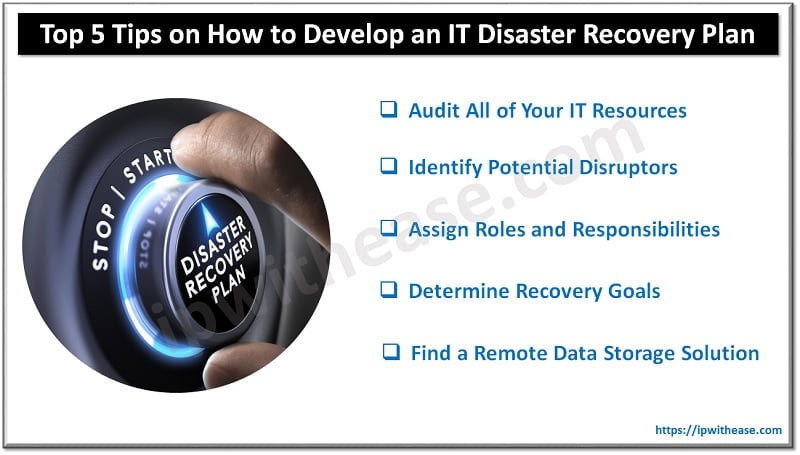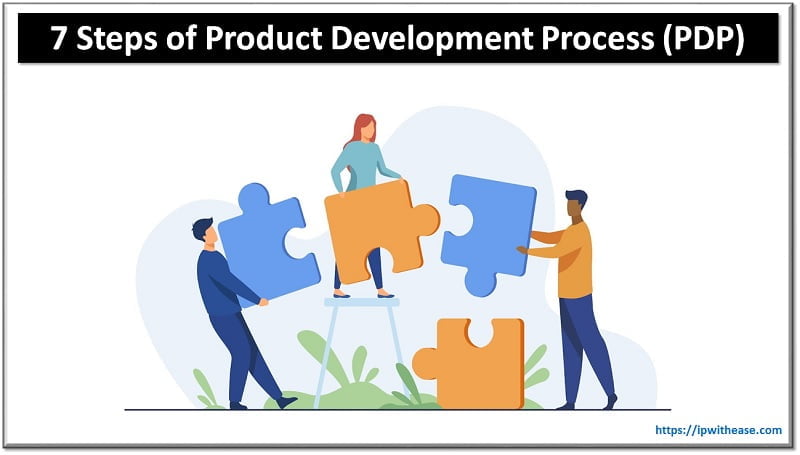Table of Contents:
In the bustling digital marketplace, e-commerce has become the cornerstone of modern business. However, the key to a successful online business is not just about having an e-commerce website; it’s about having the right website.

How to develop an E-commerce Website?
Step 1: Market Research and Niche Selection
Your e-commerce journey starts with identifying your market niche. Understanding what you will sell, to whom, and why they should buy from you is fundamental. That said, dive into market research using tools like Google Trends and social media insights. Moreover, look for gaps in the market, emerging trends, and areas where customer needs still need to be fully met. This step is about finding your unique space in the marketplace.
Step 2: Business Plan and Strategy
With your niche in place, develop a comprehensive business plan, which should include your business goals, target audience, marketing strategy, and financial projections. A thorough business plan guides your strategic decisions and can be instrumental in securing the necessary funding or forming partnerships.
Step 3: Choosing the Right E-commerce Platform
The foundation of your digital storefront lies in selecting the appropriate e-commerce platform. Evaluate platforms like Shopify, WooCommerce, and Magento based on scalability, SEO capabilities, mobile compatibility, and user-friendliness. Choose a platform that aligns with your business objectives and technical resources.
Step 4: Designing Your Website
Your e-commerce web design should mirror your brand image and appeal to your target audience. It should be user-friendly, with intuitive navigation and a professional appearance. A well-designed website is crucial for making positive first impressions and influencing conversion rates.
Step 5: Domain Name and Hosting
Choose a domain name that reflects your brand and is easy to remember. For hosting, prioritize providers with excellent uptime records, customer support, and scalability to ensure your site remains responsive as traffic increases.
Step 6: Payment Gateway Integration
Integrating a payment gateway is vital for handling online transactions securely and efficiently. It involves:
- Choosing a Secure and Reliable Gateway: This ensures the safe processing of customer payments.
- Supporting Multiple Payment Methods: Credit cards, PayPal, and digital wallets can be used to accommodate various customer preferences.
- Compliance with PCI DSS Standards: PCI DSS (Payment Card Industry Data Security Standard) compliance is crucial to protect financial data and prevent fraud.
A well-integrated payment gateway enhances customer trust and streamlines the checkout process on your e-commerce site.

Step 7: Adding Products and Content
Fill your site with products and engaging content. Provide high-quality images, detailed descriptions, and relevant specifications. Implement Search engine optimization (SEO) best practices as well to enhance product discoverability. You should also use keywords effectively and optimize product descriptions.
Step 8: Setting Up Analytics
In the development of your e-commerce website, setting up analytics is a pivotal step. It lets you gather insights about your site’s performance and customer interactions. Here’s how you can effectively use analytics:
- Integration of Analytics Tools: Implement tools like Google Analytics to monitor visitor traffic, user behavior, conversion rates, and bounce rates.
- Data-Driven Decision Making: Use analytics data to understand customer preferences, assess marketing campaign effectiveness, and identify areas for website optimization.
- Regular Monitoring and Reporting: Maintain a routine of reviewing analytics data and trends for ongoing insights and improvements.
By efficiently leveraging these analytics tools, you can make well-informed decisions that drive business growth.
Step 9: Launching and Marketing Your Website
After launching your site, focus on a strong digital marketing strategy encompassing social media, email campaigns, and potentially paid advertising. Moreover, engage with your audience and use their feedback to improve your approach continuously.
Step 10: Ongoing Management and Scaling
Manage and scale your business by handling inventory, customer service, shipping, and website updates. As your business grows, consider expanding your product lines, exploring new markets, and upgrading your platform to support increased traffic and sales.
Prioritizing Security in E-commerce Website Development
Prioritizing security in your e-commerce website is crucial. Without adequate security measures, even if you flawlessly execute all the ten steps of website development, your efforts can become futile if your website falls victim to a cyberattack.
Therefore, implementing SSL certificates, regular software updates, strong authentication processes, and conducting security audits are key. Neglecting these can lead to data breaches, eroding customer trust, damaging your brand’s reputation, and potentially incurring legal consequences.
Conclusion
Building an e-commerce website involves more than a technical setup; it requires creating an online presence that resonates with your audience. With these steps, you can establish a strong foundation for your online business and succeed in the competitive e-commerce landscape.
ABOUT THE AUTHOR
IPwithease is aimed at sharing knowledge across varied domains like Network, Security, Virtualization, Software, Wireless, etc.



